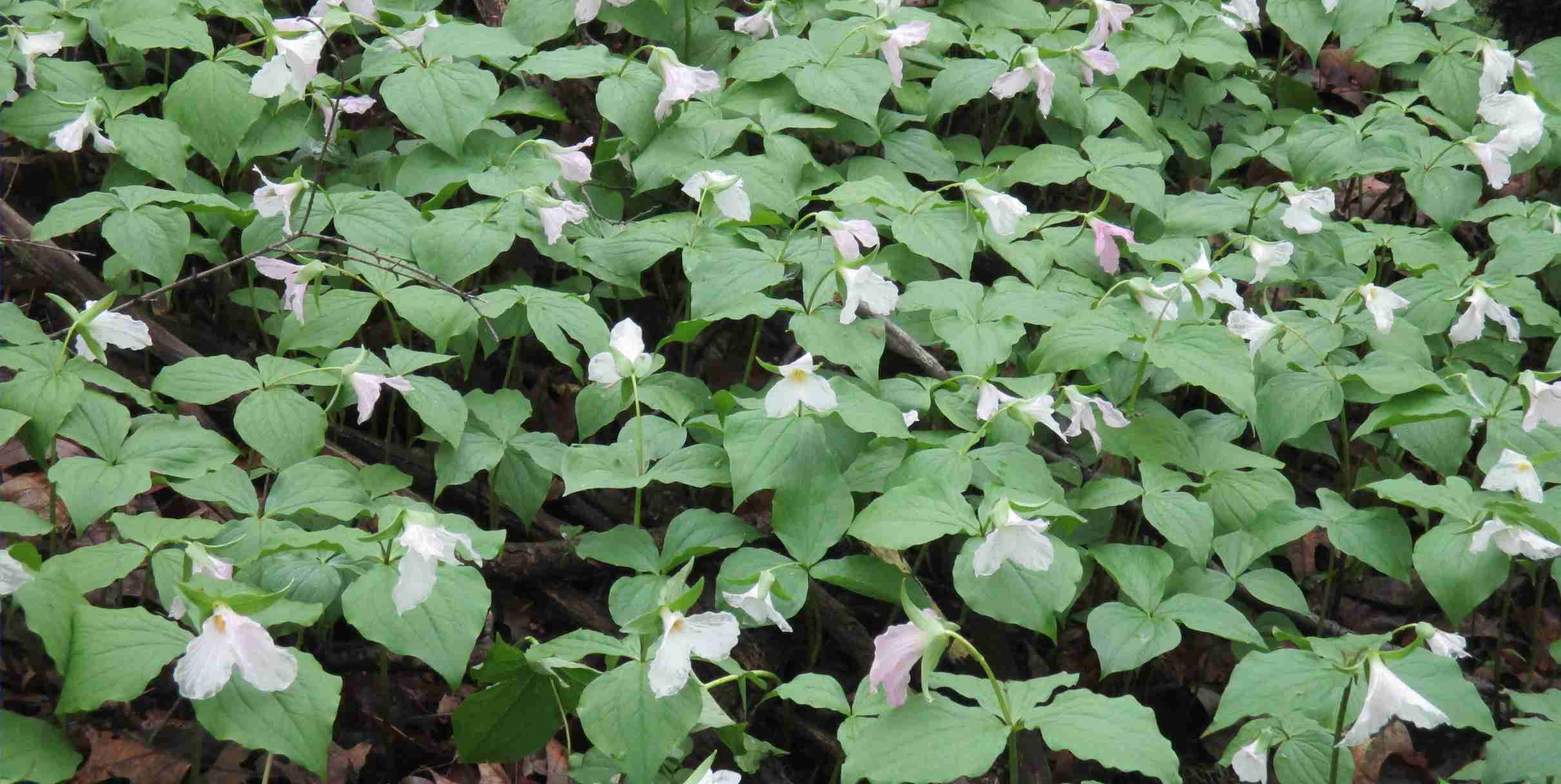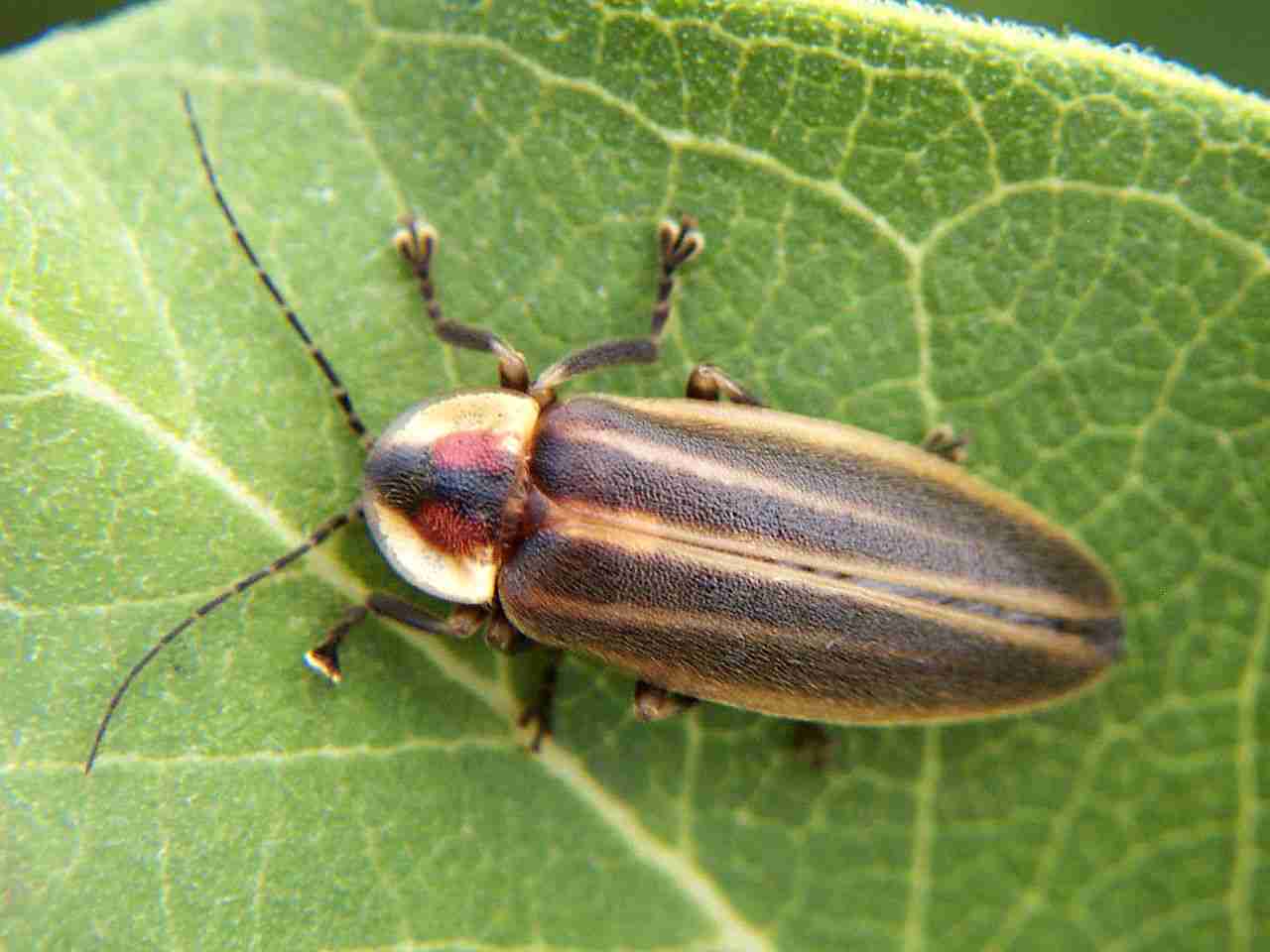One of the amazing things of summer is seeing fireflies. Fireflies light up the night with their bioluminescence. Fireflies (lampyridae) are also called lightning bugs or glowworms. They are a family of elateroid beetles with more than 2,400 species.
The firefly uses a chemical process to produce bioluminescence in a specialized organ called a lantern. The lantern has luciferase enzyme, adenosine triphosphate (ATP), oxygen and magnesium to create a chemical reaction that releases energy as light.
Fireflies are found in warm, humid environments with access to food and moisture such as natural areas like meadows, forests, swamps, and wetlands, as well as moist areas in yards with leaf litter and native plants. Their habitat should be pesticides and herbicides free.
Fireflies go through a complete metamorphosis life cycle of egg, larva, pupa and adult. The longest stage is the larval stage, where they are predators of snails, worms and slugs. After emerging as an adult firefly, it uses light to attract mates through species-specific flashes and reproduce before laying eggs to start the cycle again.
Firefly larvae eat snails, worms and slugs, while adult fireflies may eat nectar, pollen, or even other fireflies, though some adult species do not eat.
Most firefly larvae hibernate underground or in leaf litter and rotting wood.
Other resources:
Fireflies (Wikipedia – where the photo was taken by Bruce Marlin)
Enjoying the fireflies this summer? Thank a snail
By Nathaniel Walton, Michigan State University Extension – August 21, 2024
11 Things You Didn’t Know About Fireflies
By Melissa Breyer Updated January 10, 2021
North Carolina’s Synchronous and Blue Ghost Fireflies by North Carolina, Naturally (YouTube)



Leave a Reply